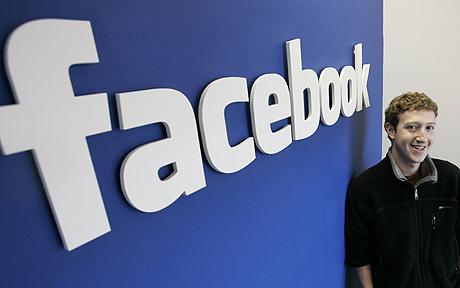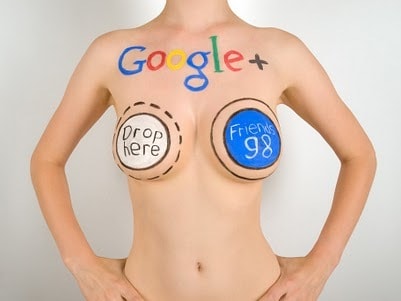
This is a guest post by Andrew Handley.
While content marketing is on everyone’s mouth lately, it’s usually associated with infographics, viral blog posts and videos – but there’s a whole other dimension of content marketing that doesn’t necessarily have much to do with the website of the business that’s being promoted. Marketing on social media websites is the science of its own, the one that goes beyond promoting your latest blog post or the newest product of your company. The goal of successful social media content marketing is to get as many people involved and engaging with your brand as possible, creating an emotional relationship that will make your fans and followers loyal to your brand.
Whatever social platform you are using to connect with them, there are some guidelines that you have to follow if you want your campaign to be successful. Even though they all go to the same “social media” bucket, each platform provides different ways of communication, and requires a different language and different kind of content, partly because of the nature of the platform itself, partly because of the demographics and habits of people who are using that platform.
Your Facebook marketing consists of two parts: your status updates, and the organization and looks of your fan page.
The looks of your fan page can be simply organized by the use of custom content tabs. Directly below your cover image. Facebook allows you up to ten custom tabs, and you can use them to present specific custom pages that look more professional than your Timeline.
This is one of the Facebook’s strongest points, so make sure that you organize this part well, and give these pages the attention that you’re giving to any other landing page.

Facebook status updates will get most likes, shares and comments if you include an image or a video. Even if you’re promoting a link to your website, share it along with a visual content – Facebook is a visual platform, and images and videos are much more visible than just text, or link.
One thing to keep in mind when sharing your status updates is to always include a call to action – ask a question about the video you’ve shared, invite your fans to like and share the content they’ve found useful, ask them to spread the word if you’re organizing a contest. It will increase your visibility to a significant degree.
Google+
Google+ is in many ways similar to Facebook – you can share posts, images, videos, and you can have people interacting with your content in a similar way. Posts that get more comments and +1s will pop up more often in the news feed of your connections, so publishing engaging content is very important in terms of making your posts more visible. Just like the image below 🙂

Google+ hangouts are also a great way of connecting with people and engaging them – you can create a hangout around just about anything: a Q/A session, live parties, discussions, or just regular chats.
Twitter is much more than just 140 characters and a link. The new profile design allows you to add a header image, which is useful for branding. Twitter isn’t famous for the visual content, and that’s why adding header image and including links to the images and videos to your tweets can help with diversifying the looks of your Timeline.

Just like on Facebook, make sure that you include a call to action to your tweets, and to count the “RT @username” into their length (you should always plan as if you’re going to be re-tweeted a lot). If you’re asking questions, which is a great strategy on Twitter, you should think about whether the average response would fit into the 140 characters. Also, when you can, include your keywords – a lot of people are using Twitter search, and you want your tweets to pop up in the results.
For Twitter, it’s very important to look at your stats, to be sure that you’re targeting the right audience the right way.
In Conclusion
Many times, people who engage with you on social media won’t come and visit your website. But if you’re doing it correctly, the next time they need a product or service that you’re providing, they will think of you first – so this side of content creation and relationship management is definitely something you want to be very creative and careful about.
Want to discuss it? Leave your questions in the comments.







